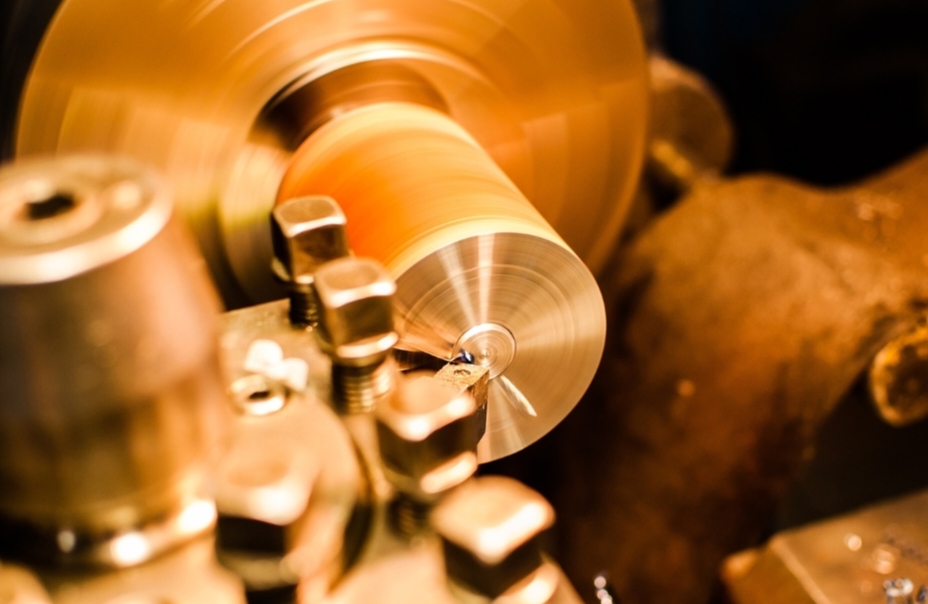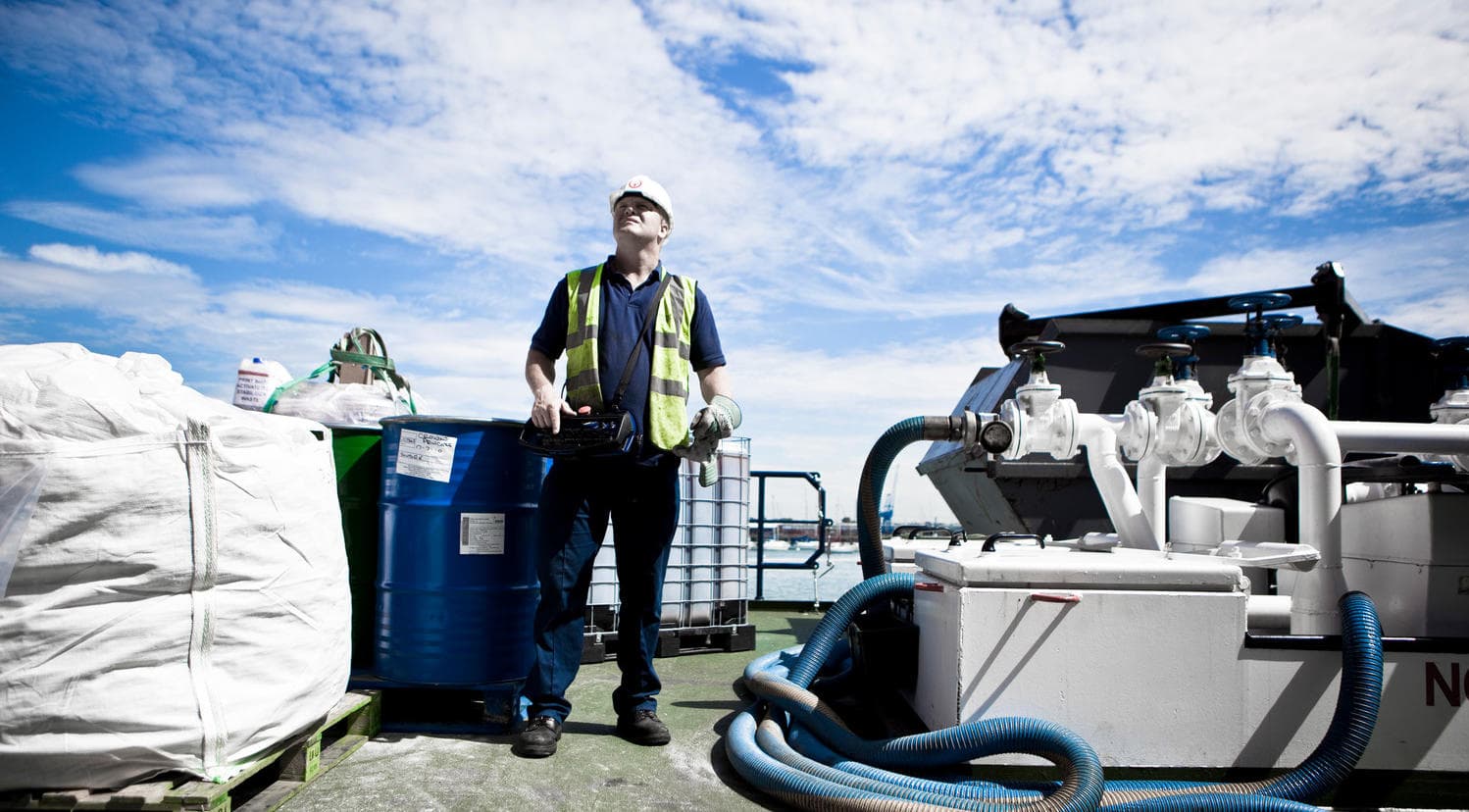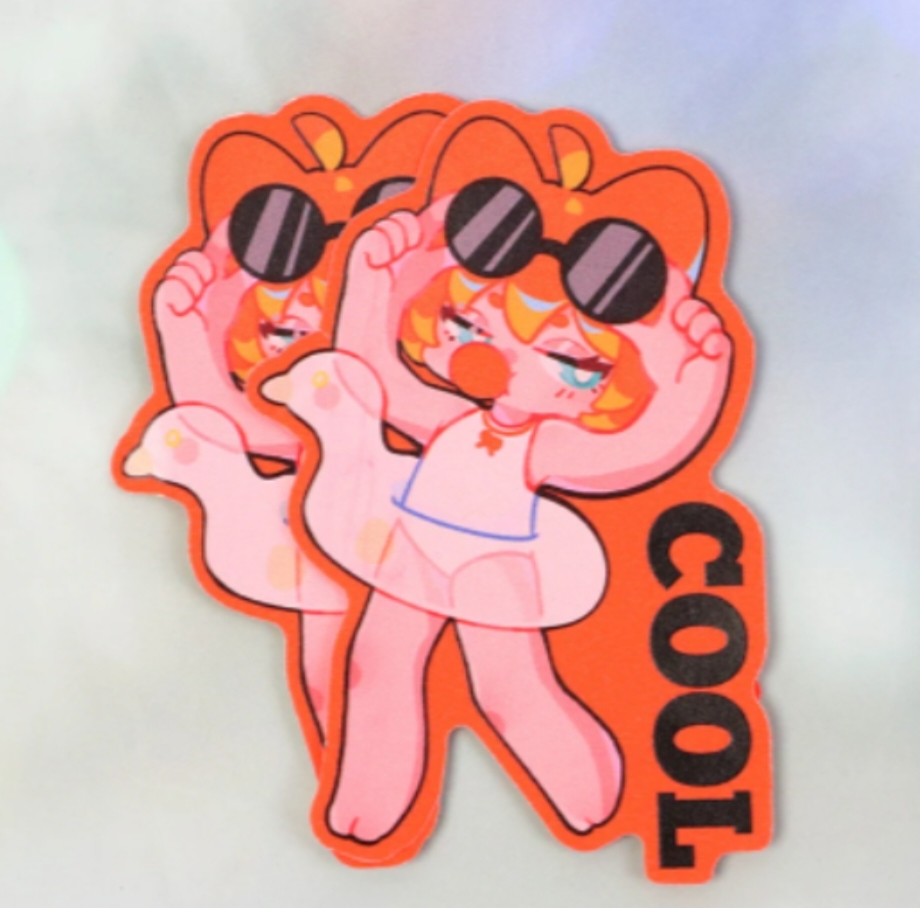Manufacturing is the backbone of the global economy, propelling innovation, jobs, and economic growth. However, it is also a challenging field, with implications for manufacturing efficiency, product quality, and overall profitability. To succeed in this competitive market, businesses must overcome a variety of challenges, ranging from supply chain interruptions to labor skill deficiencies. This post investigates some of the most prevalent manufacturing issues and suggests solutions to overcome them.
Supply Chain Disruptions
Natural disasters, geopolitical tensions, and pandemics have all contributed to an increase in supply chain interruptions. These disruptions can halt production, cause delays in deliveries, and increase prices. For example, a lack of raw materials might create severe production delays, affecting the entire supply chain.
How to Overcome Supply Chain Disruptions:
- Diversify Your Suppliers: Relying on only one provider might be dangerous. To reduce the impact of local disruptions, manufacturers should form ties with several suppliers from various locations.
- Invest in Technology: Using technologies such as IoT and AI can improve supply chain visibility and identify possible disruptions before they happen. For example, IoT sensors can monitor inventory levels in real-time, but AI can estimate demand and supply chain hazards.
- Build Strategic Reserves: Keeping a strategic reserve of vital raw materials on hand might assist manufacturers in continuing production during supply chain disruptions.
- Collaborate with Partners: Working with suppliers, distributors, and customers can result in more resilient supply chains. Joint planning and information exchange can increase coordination and mitigate the effects of disruptions.
Quality Control Issues
Maintaining good product quality is critical to consumer satisfaction and brand reputation. However, quality control issues like as flaws, inconsistencies, and noncompliance with standards may develop during the production process. These difficulties can lead to product recalls, higher expenses, and a negative brand image.
How to Overcome Quality Control Issues:
- Setting and adhering to stringent quality standards is critical. Manufacturers should establish clear quality goals for each stage of manufacturing and train all staff to reach these standards.
- Use Advanced Inspection Equipment: Modern inspection equipment, such as automated vision systems and sensors, can uncover flaws early in the manufacturing process. This allows producers to rectify concerns before they become significant problems.
- Continuous Improvement Programs: Implementing continuous improvement programs such as Six Sigma or Lean Manufacturing can assist in identifying and eliminating the root causes of quality issues. These programs are aimed at minimizing unpredictability, improving procedures, and increasing product quality.
- Supplier Quality Management: Ensuring that suppliers follow the same quality standards is crucial. Manufacturers should undertake regular audits and inspections of their suppliers to guarantee that the materials and components they receive match the quality standards.
High Production Costs
High production costs can reduce profit margins and make it harder for firms to stay competitive. These expenditures can be attributed to inefficient operations, high labor costs, and expensive raw supplies.
How to Overcome High Production Costs
- Optimize Production Processes: By streamlining production processes, expenses can be greatly reduced. Automation, lean manufacturing, and just-in-time production are all techniques that can help minimize waste, shorten lead times, and increase efficiency.
- Invest in Energy Efficiency: Energy costs can be a considerable portion of production expenses. Investing in energy-efficient technology, reducing energy use, and researching renewable energy sources can all assist in lowering these costs.
- Negotiate with Suppliers: Establishing solid ties with suppliers can result in better pricing and terms. Manufacturers should negotiate bulk discounts, long-term contracts, or consignment inventory arrangements to reduce material prices.
- Outsourcing non-essential services, such as custom injection molding, can help businesses cut overhead expenses and focus on their key expertise. Manufacturers can benefit from economies of scale and access to modern technologies by collaborating with specialist service providers, all without requiring major financial expenditure.
Adapting to Technological Changes
The high speed of technological innovation creates both possibilities and challenges for businesses. While using new technology can boost productivity and competitiveness, the process of integrating them can be difficult and expensive.
How to Overcome Challenges in Adapting to Technological Changes:
- Create a Technology Roadmap: Having a clear technology roadmap can help manufacturers prioritize investments and plan for the integration of new technologies. This plan should be consistent with the company’s long-term strategic goals, taking into account the potential return on investment.
- Pilot New Technologies: Before full-scale application, producers should test new technologies on a limited scale. This enables them to evaluate the technology’s impact, detect possible problems, and make required changes.
- Training and upskilling: It is essential to ensure that the workforce has the necessary skills to run new technologies. Manufacturers should invest in continual training and skill development initiatives to assist staff adjust to technological advances.
- Collaborate with Technology Partners: Working with technology suppliers, research institutes, and industry experts can help manufacturers gain useful insights and support during the adoption process. Collaboration can also result in joint development possibilities and access to cutting-edge innovations.
Environmental and Regulatory Compliance
Manufacturers are under growing pressure to meet environmental and regulatory requirements. Noncompliance can lead to fines, legal action, and reputational damage. Furthermore, consumer demand for environmentally friendly products is increasing, complicating production operations even more.
How to Overcome Environmental and Regulatory Compliance Challenges:
- Stay Informed: Manufacturers must keep up with the newest environmental rules and industry standards. Regularly assessing and upgrading compliance policies can assist in avoiding legal concerns and ensure that products fulfill all specifications.
- Implement Sustainable Practices: By minimizing waste, conserving energy, and using eco-friendly products, manufacturers can comply with environmental standards while also appealing to environmentally sensitive customers.
- Certifications and Audits: Obtaining certifications like ISO 14001 can show a manufacturer’s dedication to environmental stewardship. Regular audits can also assist in discovering areas for improvement and ensure long-term compliance.
- Engage with Stakeholders: By working with regulators, industry groups, and local communities, manufacturers can better negotiate complicated regulatory frameworks. Proactive communication and collaboration can lead to better outcomes and lower the risk of noncompliance.
Workforce Skill Gaps
A trained workforce is required to sustain productivity and quality in manufacturing. However, many firms struggle to locate and maintain people with the appropriate abilities, especially as technology advances.
How to Overcome Workforce Skill Gaps:
- Invest in Training and Development: Continuous training and development programs are critical for overcoming skill gaps. Manufacturers should provide both on-the-job training and formal education options to help employees keep up with industry developments and innovations.
- Apprenticeship Programs: Manufacturers may create a pipeline of skilled people by establishing apprenticeship programs. These programs offer hands-on experience and mentorship, allowing learners to develop the skills required for a successful career in manufacturing.
- Drawing Young Talent: To address the aging workforce, manufacturers should prioritize drawing younger generations to the sector. This can be accomplished through collaborations with educational institutions, internships, and publicizing the great job options available in manufacturing.
Conclusion
Manufacturing is a dynamic and challenging business that necessitates ongoing adaptation and innovation. Manufacturers can improve their operations, lower costs, and remain competitive in a rapidly changing market by understanding and addressing common challenges such as supply chain disruptions, quality control issues, high production costs, technological changes, environmental and regulatory compliance, and workforce skill gaps. Manufacturers can overcome these challenges and achieve long-term success by investing in technology, planning strategically, and committing to continual improvement.















